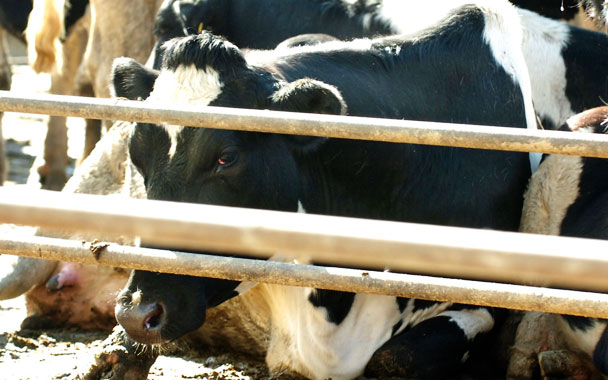The Nation’s Food Supply is at Risk!
American Lives are at Risk!
Those would be scary headlines in even the most extreme environmental media. What makes them truly unnerving is that they are verbatim quotations from a report filed late last year by a committee of the Food and Drug Administration’s (FDA’s) own Science Board. “The FDA cannot fulfill its mission [a big part of which is to safeguard the nation’s food supply] because its scientific workforce does not have the capacity and capability,” the report went on, blaming “constrained resources and a lack of adequate staff.”
A few other juicy tidbits:
· Today, the FDA employs the same number of scientists as it did 20 years ago, even as its workload has dramatically increased.
· In “key scientific areas,” the agency has a turnover rate that is twice as high as that in other government agencies.
· The agency has an “inability to keep up with scientific advances.”
So in unveiling the budget Monday, the same administration that brought us the Healthy Forests Initiative and the Clear Skies Initiative responded to this crisis, not by funneling vital funds to the foundering agency (the amount it received barely kept pace with inflationary costs, but by coining yet another fine-sounding but utterly misleading nugget of Newspeak: the Food Protection Initiative.
One wonders if this initiative will do for our food supply what the other Bush initiatives have done for our forests and skies.
Dead Cows Walking
But then, shortage of manpower is only one of the problems facing the bureaucracies that are supposed to be regulating food production. There’s also a dire shortage of willpower.
Earlier this month, the Los Angeles Times reported that employees at Hallmark Meat Packing in Chino, Calif., used forklifts, high-pressure water hoses, and electric shocks to force cattle too sick to stand to get onto their feet long enough to walk to the slaughter box. USDA regulations forbid the slaughter of so-called “downer” cattle, which are more likely than healthy animals to have bovine spongiform encephalopathy, otherwise known as mad cow disease.
Yet the inhumane practices were made public by an employee of the Humane Society of the United States who worked at the plant wearing a hidden camera (view the gut-wrenching video here even though the slaughterhouse had no less than eight on-site USDA inspectors.
The creepiest part of the story: The packing company supplied meat to the National School Lunch Program.
Or maybe the creepiest part was the official reaction from Secretary of Agriculture Ed Schafer (no slouch when it comes to Newspeak): “We are confident in our inspection system and the food safety regulations that ensure the safety and wholesomeness of the food supply.”
Corny Research
It’s hard to make this sort of slapstick science up, but if you’re looking for a wacky read, follow this link to the latest in the unfolding (unraveling?) story of an award-winning scientific paper that appeared in 2004 in the British Food Journal. The article claimed that, given their choice, 50 percent more customers at a farmstand on Ontario opted to purchase genetically modified (GM) sweet corn over the natural variety.
Although the paper’s author, Shane Morris, denies it, others claim that he left a couple of important details out of the groundbreaking article. Apparently, there were two signs above the displays of corn that might have influenced buyers’ selections. Above the GM cobs, the sign said “quality sweetcorn.” The one above the natural corn read, “Would you eat wormy sweetcorn?”
It comes as some surprise that Mr. Morris works for the Canadian government. His approach to science would fit in so nicely in Washington.




 Pinterest
Pinterest


